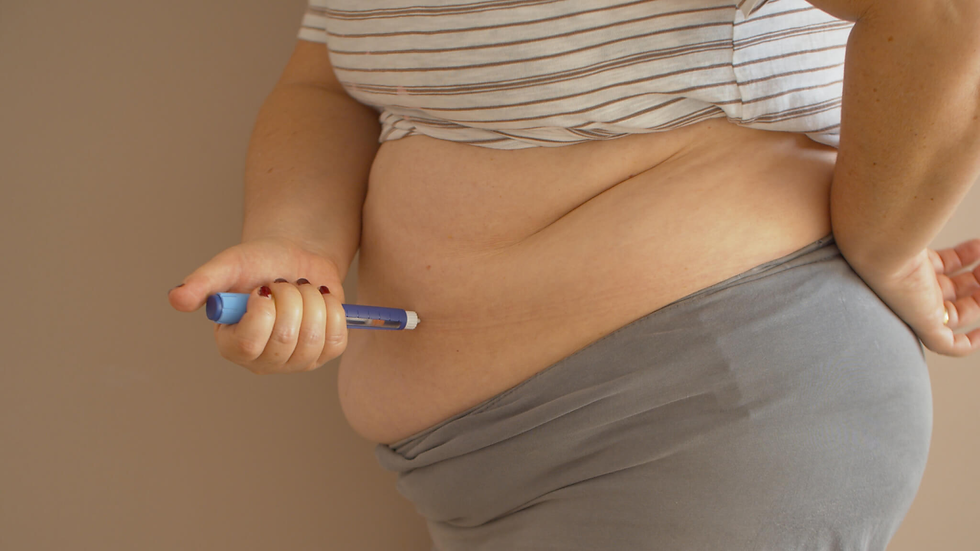Hair Restoration Techniques in Dubai What You Need to Know
- kishwar adnan
- Sep 7, 2024
- 3 min read
Hair restoration techniques have gained popularity in Dubai, where advanced medical technologies and skilled professionals offer effective solutions for Hair Loss Treatment In Dubai. Understanding these techniques can help individuals make informed decisions about their hair restoration journey. This article explores various hair restoration methods available in Dubai, their benefits, and what to consider before undergoing treatment.
Understanding Hair Loss
Common Causes of Hair Loss
Before delving into restoration techniques, it's essential to understand the common causes of hair loss, including:
Genetics: Androgenetic alopecia is the most prevalent type of hair loss, often inherited from family members.
Hormonal Changes: Fluctuations in hormones due to pregnancy, menopause, or thyroid issues can lead to thinning hair.
Nutritional Deficiencies: Lack of essential vitamins and minerals can hinder hair growth.
Stress: Physical or emotional stress can trigger temporary hair loss.
Types of Hair Loss
Identifying the type of hair loss can guide treatment options. Common types include:
Androgenetic Alopecia: A hereditary condition that affects both men and women.
Alopecia Areata: An autoimmune disorder causing patchy hair loss.
Telogen Effluvium: A temporary condition usually triggered by stress or illness.
Hair Restoration Techniques
Non-Surgical Techniques
Topical Treatments
Minoxidil: An FDA-approved topical solution that stimulates hair growth and is available for both men and women. It is typically applied directly to the scalp.
Oral Medications
Finasteride: A prescription medication for men that helps prevent hair loss by blocking hormones that shrink hair follicles.
Low-Level Laser Therapy (LLLT)
This non-invasive treatment uses laser light to stimulate hair follicles, promoting hair growth and improving overall hair density.
Surgical Techniques
Hair Transplantation
Follicular Unit Extraction (FUE): A popular method where individual hair follicles are extracted from a donor site and transplanted to the thinning areas. This technique leaves minimal scarring and has a shorter recovery time.
Follicular Unit Transplantation (FUT): This method involves removing a strip of scalp and dissecting it into individual grafts for transplantation. While it may leave a linear scar, it often yields a higher number of grafts.
Scalp Reduction
A surgical procedure that involves removing areas of baldness and pulling the surrounding hair-bearing skin together. This technique is less common than hair transplantation but may be suitable for specific cases.
Advanced Techniques
Platelet-Rich Plasma (PRP) Therapy
This innovative treatment involves drawing a small amount of blood, processing it to concentrate the platelets, and injecting them into the scalp. PRP is believed to stimulate hair follicles and promote natural hair growth.
Microneedling
A minimally invasive technique that uses tiny needles to create micro-injuries in the scalp, promoting collagen production and enhancing blood flow to hair follicles.
What to Consider Before Treatment
Consultation and Assessment
Before undergoing any hair restoration treatment, it's crucial to consult with a hair loss specialist. They will assess the type and extent of hair loss and recommend suitable treatment options tailored to individual needs.
Realistic Expectations
Understanding the potential outcomes of each treatment is essential. While many individuals experience positive results, not all treatments work for everyone. Setting realistic expectations can help prevent disappointment.
Aftercare and Maintenance
Post-treatment care is vital for ensuring the best results. Following the recommended aftercare guidelines, such as avoiding heat styling and using gentle hair care products, can promote healthy hair growth.
Lifestyle Considerations
Incorporating a healthy lifestyle can support hair restoration efforts. Eating a balanced diet rich in vitamins and minerals, managing stress, and maintaining proper hair care practices can enhance overall hair health.
Conclusion
Dubai offers a variety of hair restoration techniques to address hair loss concerns. From non-surgical options like topical treatments and PRP therapy to advanced surgical methods like FUE and FUT, individuals have access to effective solutions tailored to their needs. By understanding the causes of hair loss and exploring the available techniques, individuals can take proactive steps toward restoring their hair and confidence. Always seek professional advice and maintain realistic expectations to ensure a successful hair restoration journey.








Comments